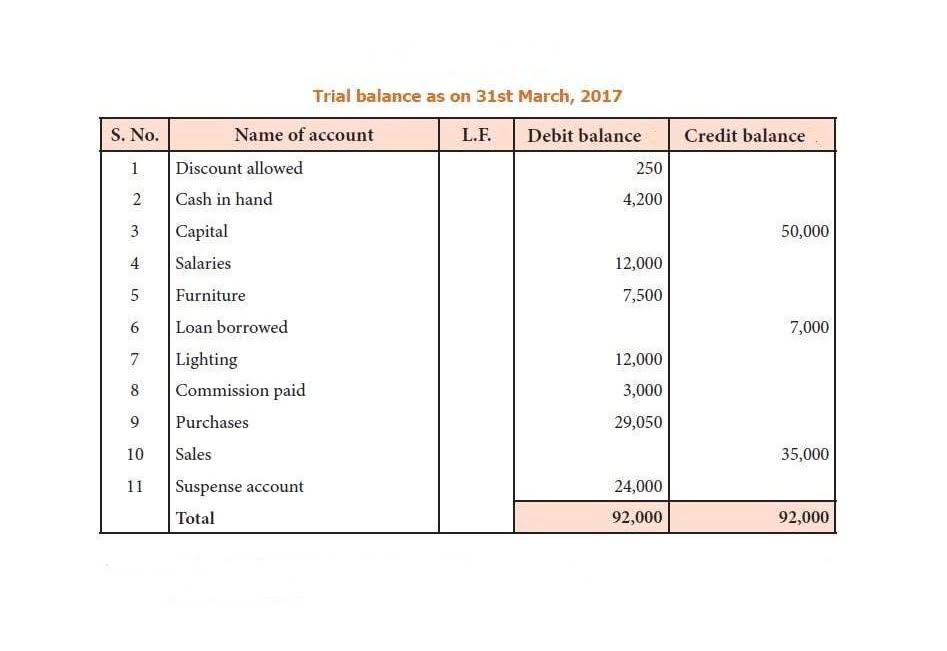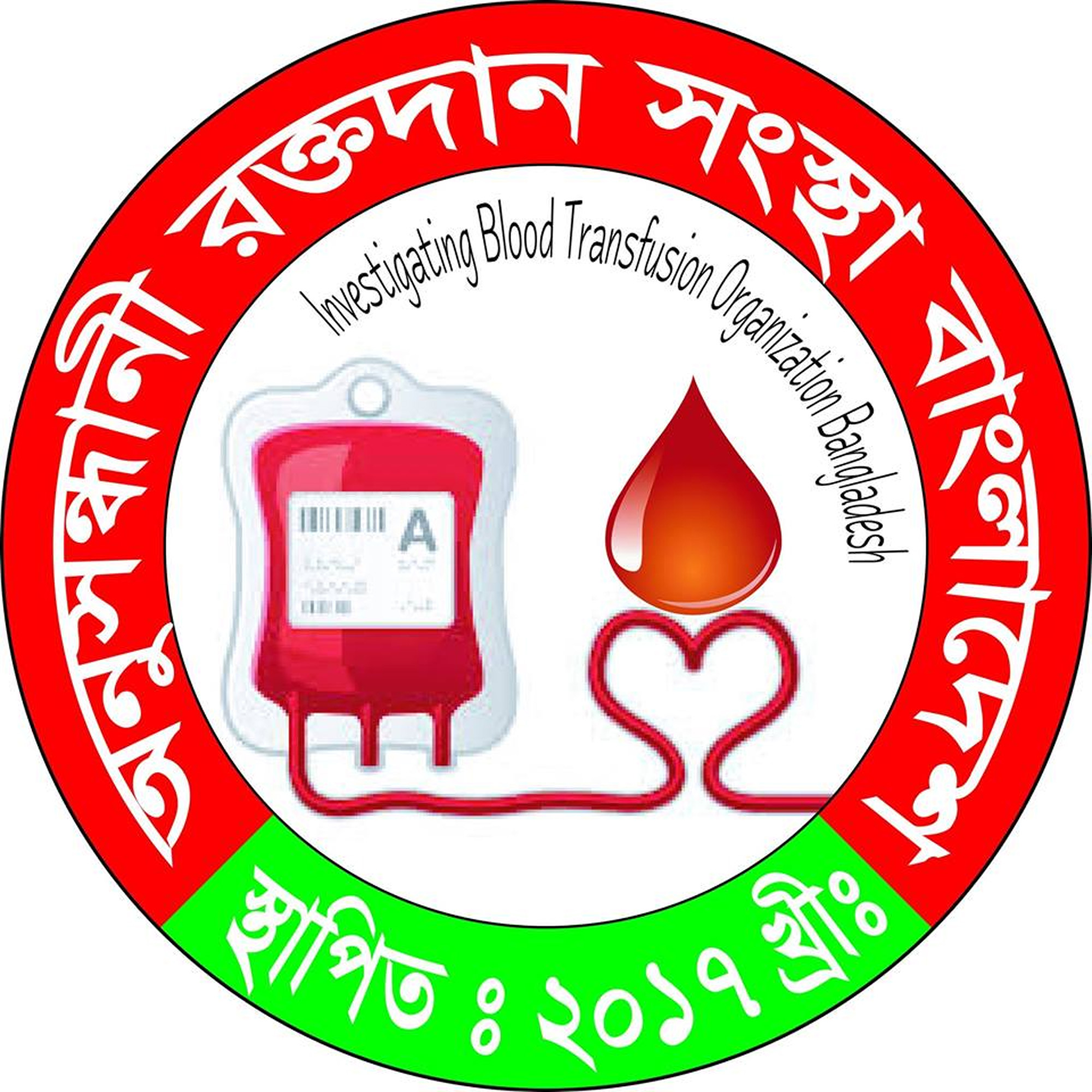25 Best Accounting Software for Healthcare Business in 2025
The Ultimate Guide to Payment Service Providers
July 11, 2024
Our personalized solution helps track data modifications, access normal balance attempts, and compliance-related activities. Healthcare organizations face a complex landscape of financial challenges, from navigating regulatory compliance to optimizing revenue cycles. Addressing these challenges requires innovative tools that streamline processes and drive financial health.
How To Choose Medical Accounting Software
- Delayed payments can add up in your accounts receivable and make it hard for you to accurately update your hospital budget.
- Customizable dashboards displaying key performance indicators (KPIs) like days in accounts receivable or net collection rates allow quick access to critical data, supporting timely decision-making.
- Here’s a checklist of factors to remember to help you stay focused as you work through your unique software selection process.
- Practice Better consolidates scheduling, client management, billing, telehealth, and more—all in one place.
- In the busy environment of a medical practice, hours wasted on poor and ineffective financial administration could have a big impact on your patients.
When it comes to selecting accounting software for your medical practice, your highest priority consideration will be to ensure that the product you choose is HIPAA compliant. You will find that many of the HIPAA-compliant accounting software options are embedded within complete practice management software or enterprise resource planning (ERP) software. It’s an all-in-one accounting solution that manages all your bookkeeping needs, from creating professional invoices to managing cash flow and tracking time for you and your employees. For example, linking accounting software with electronic health record (EHR) systems enables streamlined management of patient billing and financial data. This integration simplifies reconciliation and provides a comprehensive view of the practice’s financial health by correlating patient care with financial outcomes.
- Medical coders assign the codes based on the patient’s care, and billers take those codes to create bills and submit claims.
- Payroll systems help you keep track of employee salaries and other employment benefits.
- OSP has become an integral part of our business, and our mutual teams work together as one team.
- Features include job costing, which lets your team accurately track project expenses and profitability.
- They identify revenue leakage areas, optimize reimbursement rates, and improve revenue capture through efficient billing and denial management functionalities.
- Discover how to choose the right GP accounting software tailored to your practice’s needs, focusing on integration, customization, and security.
Other Noteworthy Medical Accounting Software
As someone deeply involved in the healthcare industry, I understand that managing finances and communicating effectively with insurance companies can be a complex task. In a single sentence, this software is a multi-functional platform that makes it easy to manage finances, create templates, conduct audit trials, perform claim scrubbing, and process credit card transactions. In the financially complex world of medical practices, proper financial management is crucial for ensuring the sustainability and profitability of the practice.
Our Core Services
- I highly recommend OSP Labs to anyone looking for a reliable and proficient software development partner.
- Designed with flexibility in mind, Practice Better is customizable to your wants and needs.
- Whether you’re streamlining communication, maintaining medical records, or managing prescriptions, understanding the different types of patient management tools can help you choose the best fit for your practice.
- Additionally, maintaining the confidentiality and integrity of sensitive patient financial data is vital to ensure data security and compliance.
- Establishing a monthly or quarterly review process can help catch errors early and assist in making informed decisions about the practice’s financial health.
- Then, I compiled my results into detailed reviews to help you find the best software for your needs.
Common charting features include customizable note templates, placeholders, and text snippets, which help simplify repetitive tasks and improve workflow efficiency. Advanced capabilities, like AI-assisted charting, can securely record, transcribe, and summarize client sessions directly within charting systems, reducing manual workload and improving accuracy. Invoicing isn’t your most important job task, but it’s crucial for keeping your healthcare practice’s finances in order. Luckily, FreshBooks accounting software makes the process quicker and easier with recurring invoicing. You can create a recurring profile in a few clicks and FreshBooks will automatically send the invoices for you, freeing up time for more pressing tasks. Your healthcare practice relies on a steady cash flow to pay your employees and cover your many business expenses.
Practice Better: The ultimate healthcare software system for 2025

In this article, we’ll explore the types of patient management software available, highlight key features to look for, and review some of the top options to help you make the best choice for your practice. Ensuring staff can effectively use accounting software is as important as choosing the right solution. Comprehensive training programs should cover all aspects of the software, from basic navigation to advanced functionalities, and be tailored to different roles within the practice. Administrative staff may need in-depth training on billing and invoicing, while financial managers might focus on generating and analyzing complex reports. OSP ensures data security and compliance by implementing robust security measures such as encryption, access controls, and regular security audits.
- Your patients save time and your practice gets the financial security of knowing exactly when payments come in.
- By consolidating these features into a single system, patient management software allows you to focus on building stronger relationships with your clients while saving time and improving outcomes.
- I have tested and selected the best options that will help you overcome these hurdles, and I’m confident that you’ll find them valuable in your quest for efficient financial management in the healthcare sector.
- Melio allows practices to pay vendors electronically via ACH or credit card through the software.
- Reviewing your medical practice financial statements is likely something you didn’t learn in medical school.
- On the other hand, the double-entry system records each transaction in two accounts (debit and credit), offering a more detailed and accurate financial snapshot.
This means all your patient and financial data is accessible through one unified system, reducing double data entry, improving accuracy, and saving your staff time. The platform’s user-centric design ensures that working with its various features is intuitive and improves a practice’s operations. Read on to discover the best solutions to streamline your accounting and let you focus on providing excellent patient care.

It can also automatically generate patient law firm chart of accounts statements and handle online payments through a patient portal. By integrating Kareo Billing, practices embark on a journey that leads to financial optimization. This means physicians can update records and bill for services even between appointments, saving time and reducing missed revenue opportunities. DrChrono is an ideal tool for practitioners keen on navigating the complex world of medical accounting. Secure data storage is also paramount in this era of data breaches, which can be costly and severely damaging to a practice’s reputation. They empower practices with insights and analytics crucial for informed decision-making.
Medical Billing Solution
The right solution can enhance efficiency, accuracy, and provide valuable insights into your practice’s financial health. With medical practice accounting numerous options available, selecting the best fit requires careful consideration of factors such as integration capabilities, customization options, data security, user support, and costs. Another important feature of medical accounting software is its ability to integrate with electronic health records (EHR) systems. This integration allows providers to easily access patient records when needed for billing purposes, eliminating manual data entry and resulting in improved accuracy. Personalized accounting software for medical practices aids in better decision-making by providing real-time financial insights through detailed reporting and analysis. It offers visibility into revenue streams, expenses, and profitability metrics, enabling informed financial decisions.

What are the pricing models for medical accounting software?
By weighing both direct and indirect costs, practices can make informed decisions that balance budgetary constraints with the need for a robust accounting solution. Recognizing the long-term benefits, such as enhanced financial management and reduced administrative burdens, underscores the value of investing in the right software. While accounting software offers clear benefits, practices must carefully assess its financial implications. A thorough cost analysis should consider upfront expenses like licensing and installation, as well as ongoing costs such as subscriptions, maintenance, and upgrades. Evaluating the return on investment (ROI), including increased efficiency, error reduction, and improved financial insights, is essential.
